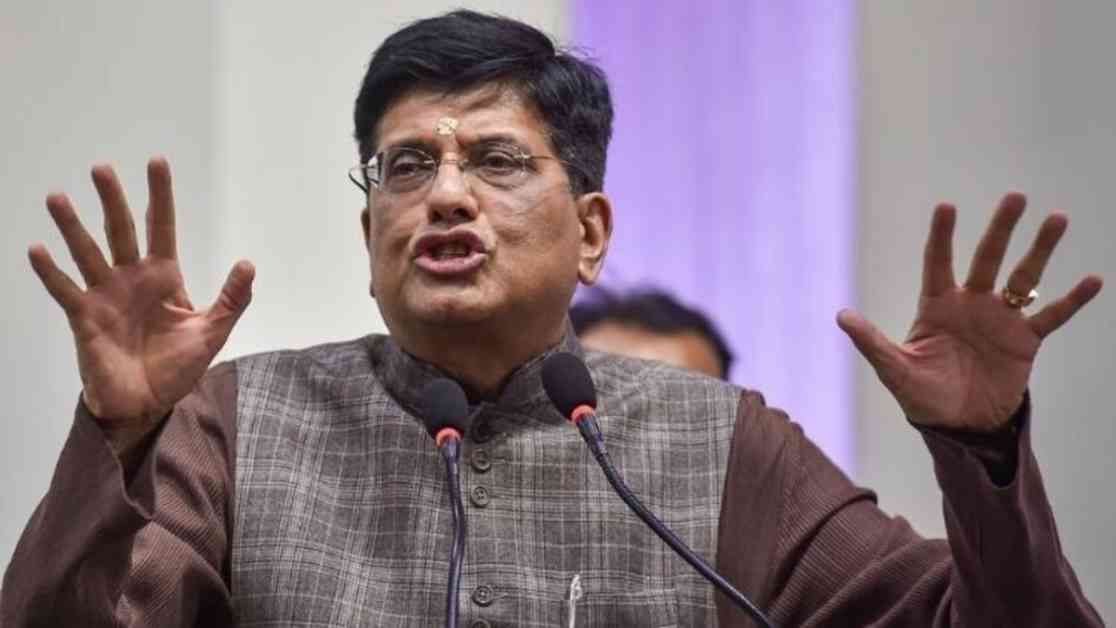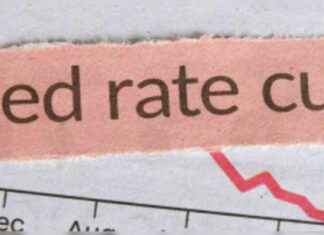Piyush Goyal, the Union Commerce Minister of India, recently made a bold statement at the IT-BT Round Table 2025, emphasizing India’s firm rejection of any proposal for a shared currency within the BRICS alliance. Goyal’s words echoed India’s cautious approach within BRICS, balancing engagement with the Global South while maintaining strong economic ties with the United States. This strategic stance underscores India’s commitment to safeguarding its interests on the international stage.
At the core of Goyal’s declaration is the concern over sharing a currency with China, a notion he deemed impossible to contemplate. In a world where economic alliances carry significant weight, the idea of a unified BRICS currency raises critical questions about sovereignty, economic stability, and geopolitical implications. Goyal’s vocal opposition to such a proposal sheds light on India’s nuanced position within the BRICS framework.
This stance aligns with India’s broader strategy within BRICS, where it carefully navigates the landscape of global politics and economics. By leveraging the platform to amplify the interests of the Global South, India seeks to maintain a delicate balance between fostering regional partnerships and upholding Western alliances, such as the QUAD. This intricate dance of diplomacy defines India’s role within BRICS and underscores the complexity of international relations in the modern era.
BRICS Expansion and Geopolitical Challenges
As BRICS undergoes significant changes with Indonesia joining as the 10th member and Nigeria securing a partnership role, India faces a shifting geopolitical landscape. The addition of new members and the potential expansion within ASEAN signal a broader evolution within the alliance. The presidency of Brazil in 2025 sets the stage for discussions on climate finance, AI cooperation, and sustainable governance, highlighting the diverse agenda of the bloc.
However, key divisions persist within BRICS, particularly regarding the issue of de-dollarization. While Russia and China advocate for moving away from the U.S. dollar in favor of alternative payment systems, India and Brazil remain cautious, considering the potential economic repercussions. The delicate balance between economic cooperation and geopolitical tensions underscores the complexities of BRICS dynamics.
Challenges and Opportunities for India
The looming threat of U.S. retaliation, as highlighted by former President Donald Trump’s warnings against backing a new currency, poses a significant challenge for India. With a substantial $127 billion in annual exports to the U.S., any shift away from the dollar carries inherent risks for the Indian economy. Navigating this delicate balance between strategic autonomy and economic pragmatism remains a key challenge for India within the BRICS framework.
As India navigates the complexities of BRICS membership, the focus remains on leveraging the alliance for strategic gains while avoiding provoking adverse reactions from key stakeholders. The presidency of Brazil in 2025 presents an opportunity for the bloc to address internal disagreements and chart a course that balances competing interests. The future of BRICS hinges on its ability to reconcile divergent viewpoints and adapt to the evolving global economic landscape.
In conclusion, India’s stance on sharing a currency within BRICS reflects its commitment to safeguarding its economic interests and navigating the complexities of international diplomacy. As the alliance continues to evolve and expand, the challenges and opportunities presented to India underscore the intricate dance of power dynamics in the global arena. The path forward for BRICS lies in finding common ground amidst divergent perspectives and charting a course that balances pragmatism with ambition.























